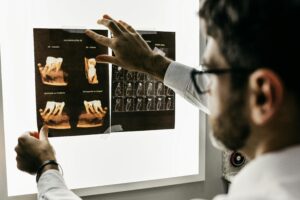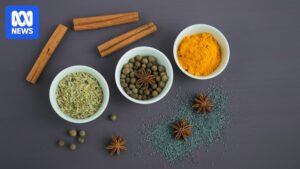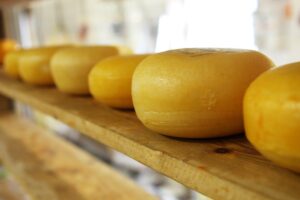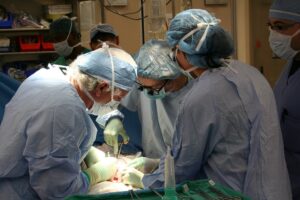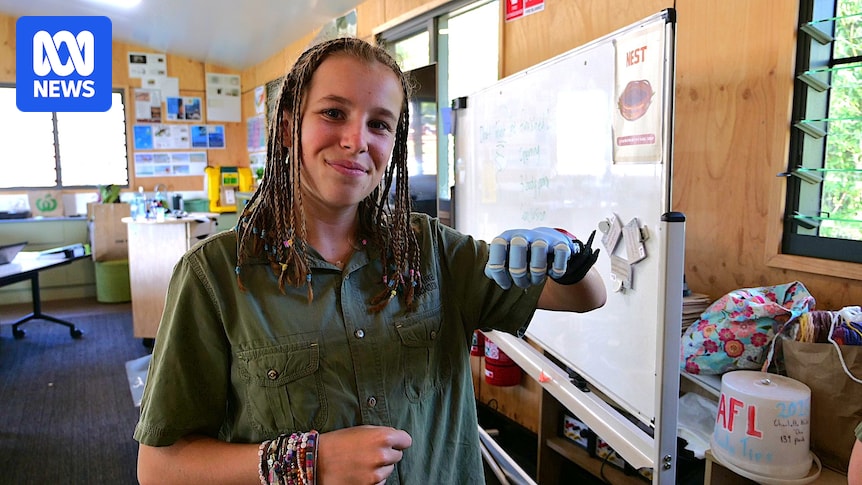
What began as a personal quest for a 13-year-old girl to create a 3D-printed hand has blossomed into an inspiring project involving her entire school community. Lois Agnello, a Year 7 student at The Nature School in Port Macquarie, New South Wales, was born with only part of her left hand. Her journey started when she approached her science and technology teacher to explore the possibility of using the school’s 3D printer to make a hand for herself.
“Being born without a hand doesn’t really stop me,” Lois shared. “I wanted to create my own hand with my friends so I could show them what it’s like.”
Lois had been using a prosthetic hand since she was eight. Her teacher, Lloyd Godson, noted that her initiative sparked significant interest among her peers after she presented a video about her condition and her aspirations. “It really struck a chord with a bunch of her peers,” he said.
From Idea to Reality
The students accessed an open-source design for a 3D hand from the Australian charity Free 3D Hands. Over the course of three months, they held lunchtime meetings and experimented with different materials before successfully printing and assembling their first 3D-printed hand.
“We were all super excited about it,” Mr. Godson remarked. “It was a big learning curve — most of them had never used a 3D printer before.” The initial prototype, though basic, was functional, allowing Lois to pick up items and move them using upper-arm activity to trigger a plastic wrist mechanism.
Lois expressed her delight with the outcome. “I was like, ‘Oh my god this is crazy,'” she said. “Like, I didn’t even know if it would work.”
Continuous Improvement and Collaboration
The students have since collaborated with Free 3D Hands to refine their design, resulting in three more advanced versions of the hand. Their current focus is on enhancing the comfort of the prosthetic.
Free 3D Hands founder Mat Bowtell has been instrumental in this process. “They were very enthusiastic in being a part of the brainstorming process in regard to what we might be able to improve in the next design,” he noted.
Student Wren McDowell expressed her satisfaction with the project. “It makes me feel pretty good, because we are designing loads of different styles,” she said. Joel Banwell, another student, added, “I felt fairly good that Lois was able to get a hand that worked and it made me want to make one that was even better.”
International Recognition
The project has garnered international attention and has been selected to represent Australia at the Be the Change Summit in Japan. This summit is part of a global initiative aimed at empowering young leaders to address worldwide challenges such as climate change, mental health, and inequality.
Mr. Godson expressed his excitement about Lois sharing her story on a global stage. “To see her in Tokyo talking about her limb difference and how Mr. Bowtell’s work had helped her and others would be incredible,” he said.
Lois hopes that by sharing her story, she will inspire others to pursue similar projects in their own countries. “Other kids will be like, ‘Woah, that’s cool — like, can I try that?'” she said.
Implications and Future Prospects
This project not only highlights the potential of 3D printing technology in creating affordable prosthetics but also emphasizes the power of community and collaboration in driving innovation. The students’ work could pave the way for similar initiatives worldwide, offering a glimpse into a future where custom prosthetics are accessible to all who need them.
As Lois and her peers prepare for their presentation in Japan, their story serves as a testament to the impact of creativity and determination in overcoming physical challenges. It is a reminder that with the right support and resources, young innovators can make significant contributions to society.
